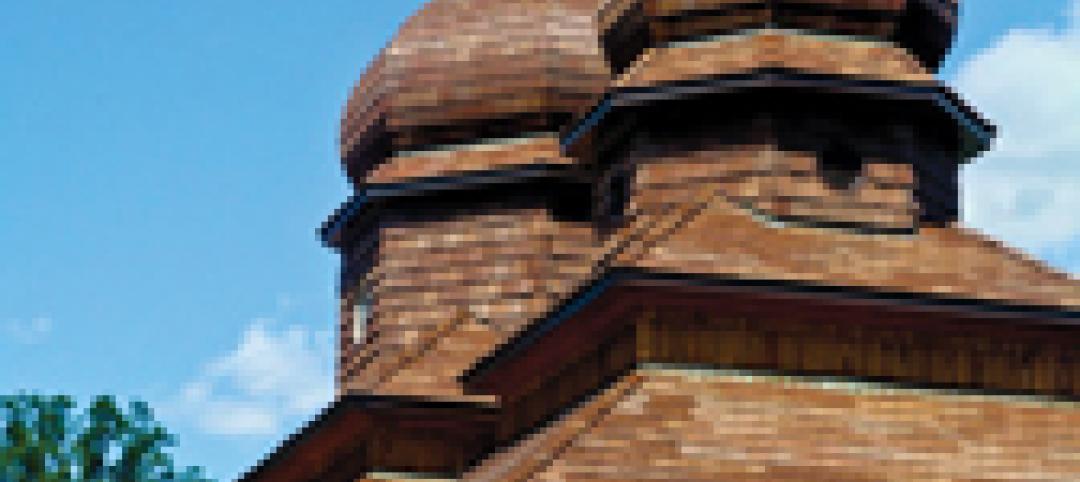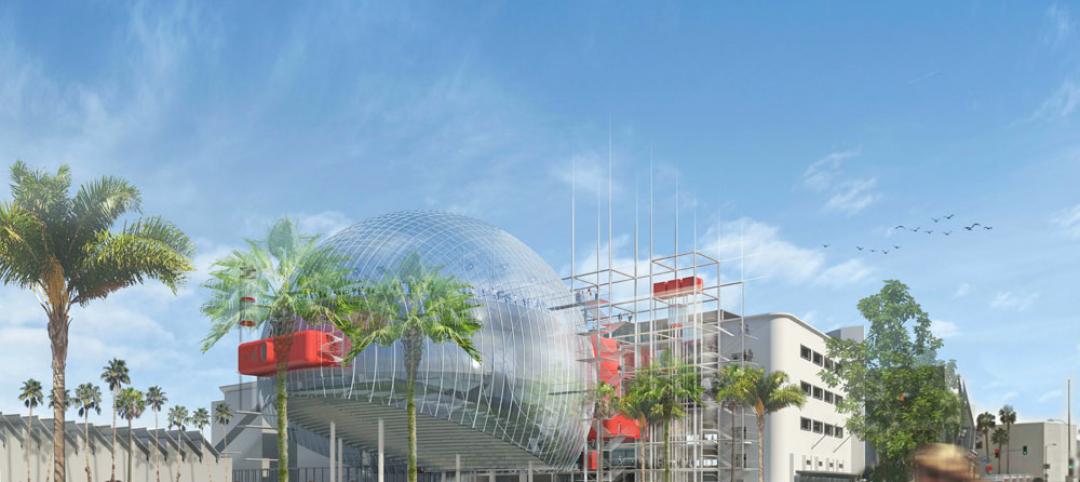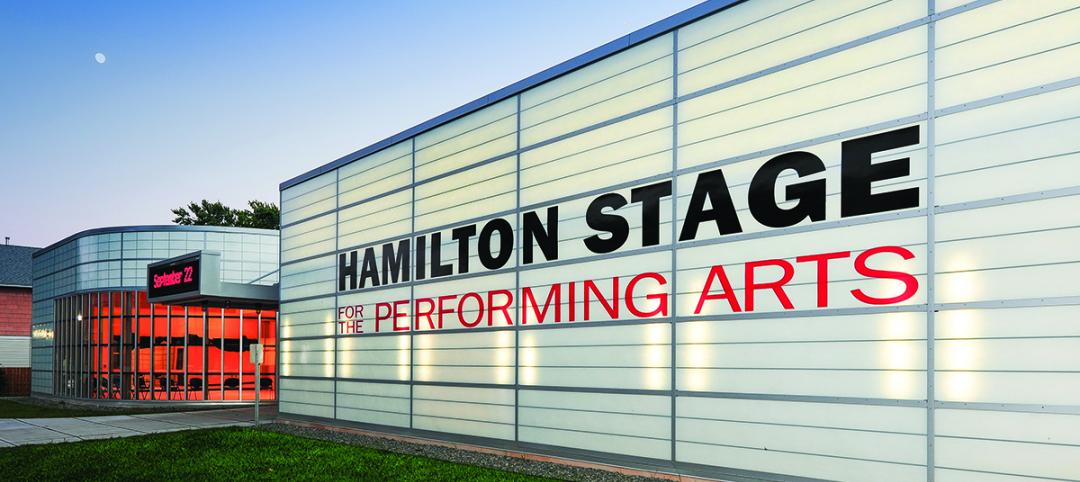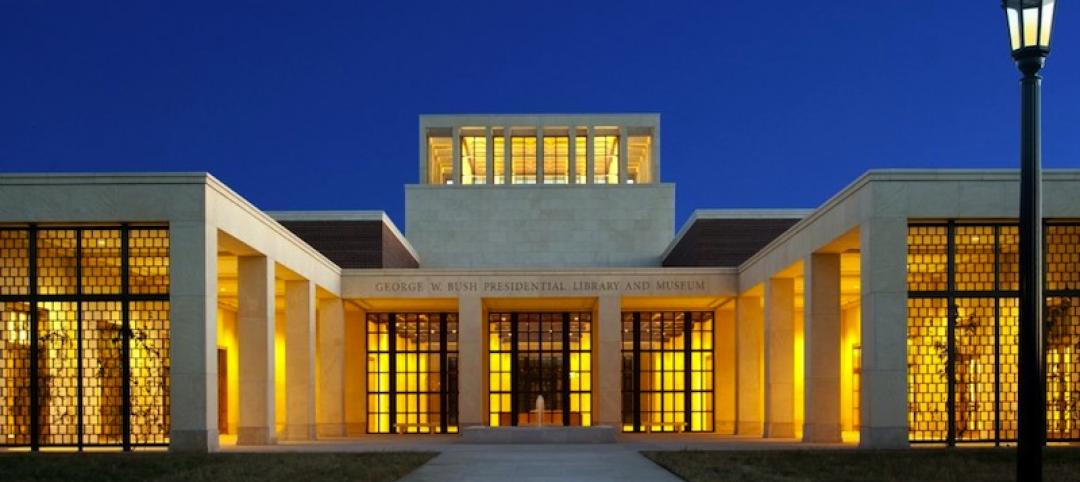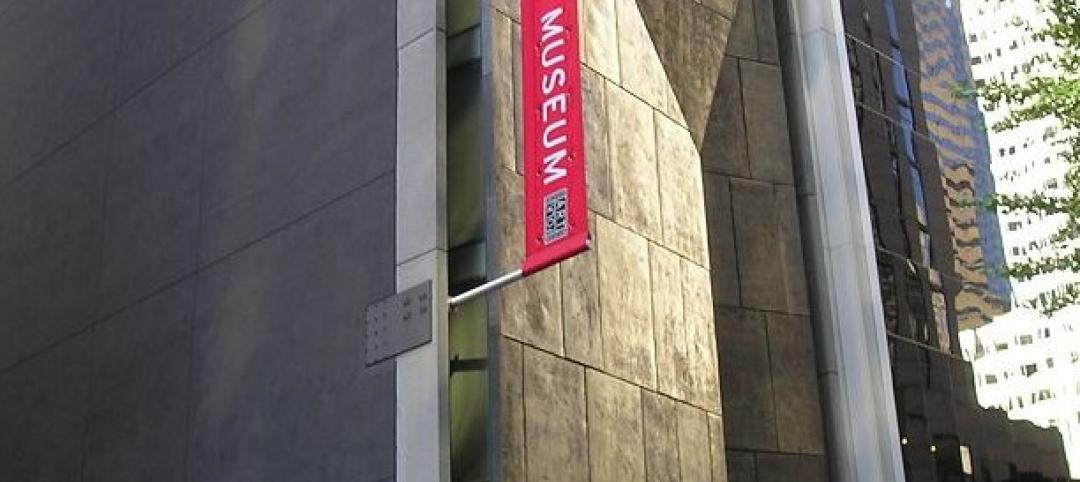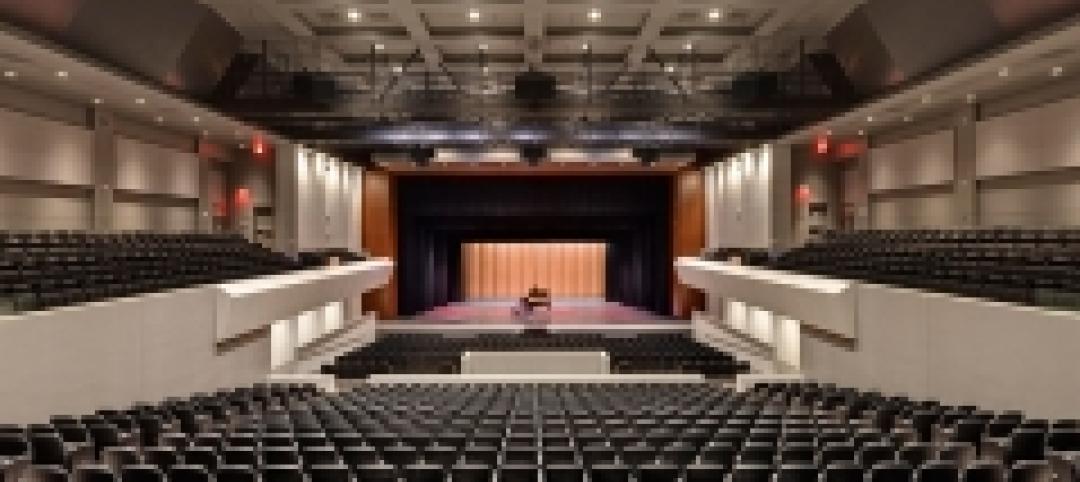The Virginia State Capitol Building—originally designed by Thomas Jefferson and almost as old as the nation itself—has proudly served as the oldest continuously used Capitol in the U.S.
But more than two centuries of wear and tear put the historical landmark at the head of the line for restoration.
The Building Team—led by the Gilbane Building and Christman Companies—installed entirely new M/E/P systems and added a 27,000-sf underground expansion featuring a visitors' center and ADA-compliant main entrance, office space and meeting rooms, and improved centralized security management.
However, digging near the building's foundation to create the underground expansion was no simple task. To prevent the building from moving, a slurry wall had to be constructed in a six-month process that involved excavating 10-foot sections, pumping bentonite grout to prevent the soil from collapsing, and then replacing the grout with concrete once each section was completed.
With the new entrance, visitors pass through the surrounding landscape, avoid climbing stairs, and are treated to a spectacular view from the south portico—the way Jefferson originally intended for the building to be viewed.
“Getting the tunnel in and making it work was quite a feat,” observed BD+C Renovation Awards judge K. Nam Shiu, P.E., S.E., MISE, VP, Walker Restoration Consultants, Chicago. “This project involved a great degree of discipline.”
To preserve the Capitol's historical splendor, dating back to 1906 when the east and west wings were added, extensive inspection, study, and research had to be conducted. Core samples were taken from the portico columns and key interior locations to assess the building's condition. Radar, metal detection, thermography, and ultrasound were utilized to assess the building's structure and layout. Scientists even chiseled away at the rotunda walls to determine the original paint color.
While working on the building's exterior, it was discovered that the stucco had been sealed with paint that prevented the building from breathing, thereby creating moisture and mold problems. Every speck of paint had to be removed, but due to the building's historical significance, only free-standing scaffolding could be utilized.
The stucco also had to be stripped so that damaged bricks could be replaced. Deteriorated mortar joints had to be tuck pointed with fresh, waterproof mortar. Finally, natural hydraulic lime stucco was applied to allow the building to breathe.
While all of the exterior doors were replaced and the building received a new roof, the original windows were temporarily removed, shipped to Kansas City, and restored. Even the original doorknobs bearing the Great Seal of Virginia were restored.
As for the Capitol's century-old granite steps, they had to be temporarily removed in sections weighing around 1,400 pounds in order to be repaired and restored. Once all the construction was completed, the steps were carefully returned to their original location.
During the meticulous process of restoring the Capitol, some areas of the building were found to be more deteriorated than projected. In addition, extensive testing of historic materials, in-depth historical research, and the application of specialized preservation techniques added to the project's complexity.
Judge Nam Shiu also pointed out the challenge of working on a hill and recognized the team's restoration efforts: “They also preserved all the environments and did not disturb the original entrance.”
The Building Team preserved Jefferson's legacy so future generations can enjoy this important American landmark.
Related Stories
| Apr 19, 2013
Must see: Shell of gutted church on stilts, 40 feet off the ground
Construction crews are going to extremes to save the ornate brick façade of the Provo (Utah) Tabernacle temple, which was ravaged by a fire in December 2010.
| Apr 17, 2013
First look: Renzo Piano's glass-domed motion pictures museum
The Academy of Motion Picture Arts and Sciences last week released preliminary plans for its $300 million Academy of Motion Picture Arts and Sciences museum in Los Angeles, designed by Renzo Piano and local architect Zoltan Pali.
| Apr 16, 2013
5 projects that profited from insulated metal panels
From an orchid-shaped visitor center to California’s largest public works project, each of these projects benefited from IMP technology.
| Apr 12, 2013
Nation's first 'food forest' planned in Seattle
Seattle's Beacon Food Forest project is transforming a seven-acre lot in the city’s Beacon Hill neighborhood into a self-sustaining, edible public park.
| Apr 12, 2013
Chicago rail conversion puts local twist on High Line strategy
Plans are moving forward to convert an unused, century-old Chicago rail artery to a 2.7 mile, 13 acre recreational facility and transit corridor.
| Apr 11, 2013
George W. Bush Presidential Center achieves LEED Platinum certification
The George W. Bush Presidential Center announced today it has earned Platinum certification by the U.S. Green Building Council’s Leadership in Energy and Environmental Design program. The Bush Center is the first presidential library to achieve LEED Platinum certification under New Construction.
| Apr 11, 2013
American Folk Art Museum, opened in 2001, to be demolished
Just 12 years old, the museum designed by Tod Williams and Billie Tsien will be taken down to make way for MoMA expansion.
| Apr 5, 2013
Snøhetta design creates groundbreaking high-tech library for NCSU
The new Hunt Library at North Carolina State University, Raleigh, incorporates advanced building features, including a five-story robotic bookBot automatic retrieval system that holds 2 million volumes in reduced space.


